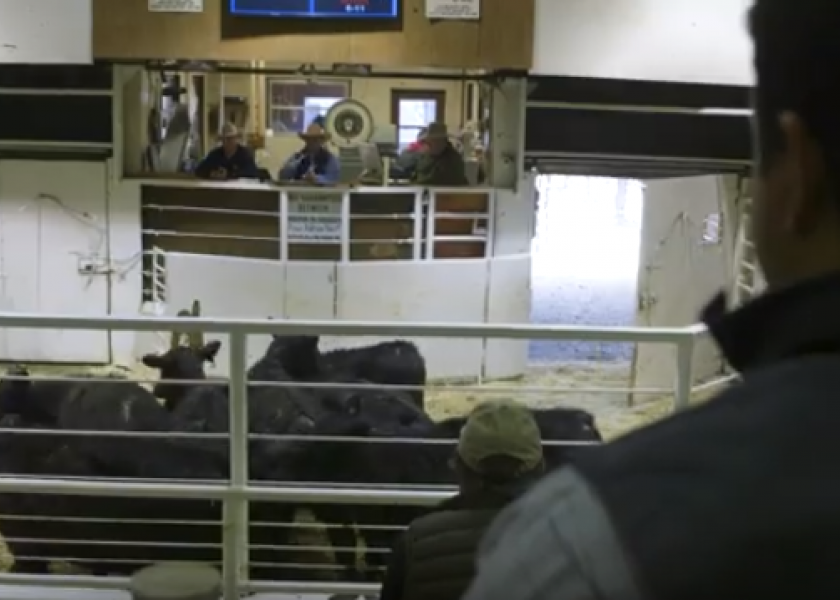Angus VNR: Demanding High Quality

“Markets are not where they were the last year or two. They came down a little bit. Supplies have been very big. We’re reaching our peak in supply,” says Duane Lenz, general manager, CattleFax. “We’ve expanded over the last few years. So we’re finally getting to peak expansion years. So, supplies are starting to weigh on us. Feedyards are losing some money and that’s filtering back to feeder cattle and calves as well.
“We think prices by average… couple of bucks cheaper next year than they’ve been this year. Right now we’ve been saying highs next year around 125, lows around 95,” he says.
Those are base prices for finished cattle. There’s more money out there in market premiums for higher quality.
“The Choice-Select spread would historically be about $8 or $9. Right now it’s $23-24, so that’s about $15 per hundred of carcass weight you gain from producing a Choice carcass rather than Select, and then there’s another $30-40 premium Prime over Choice on top of that for a hundredweight. So, hundreds of dollars in the system if you can mine that,” Lenz says.
Record-wide spreads reflect the growing preference for better beef, here and abroad. Indirectly at least, that may include China.
“As China looks for more protein to displace the pork that they’ve lost through African Swine Fever, they’re going to have to look at everywhere and all kinds of proteins, including the U.S.
“China still has the U.S. blocked from beef and until they change the rules then it’ll be because other proteins are going up in price, or the rest of the world is sending beef to China…” Lenz continues. “We can send beef to other places that have been displaced. If China makes it a fair playing field, then those borders open and we can go in the front door, and that would be a big deal for us.”
Meanwhile, here in the States especially, only premium quality will keep consumers coming back.
“People have the money to spend on quality beef and that’s what they’re doing. So Choice and Prime is doing well. We just can’t sell our Select product right now. People want the higher quality eating experience,” he says.
To beat the average price, producers may need to own their calves longer, find out what they’re producing and move away from Select.
“Prices probably won’t go up a lot in the next year or two. Do what you can, look at retaining ownership, especially for Angus producers that are producing quality beef that will grade Choice or better,” Lenz says.
“Continuing to gather data, and be able to use that data in the marketplace because that’s how we’re becoming more data-driven all the time, and we can use that,” he says.
While ranchers keep improving cattle, consumers will keep enjoying the result and rewarding ranchers.







